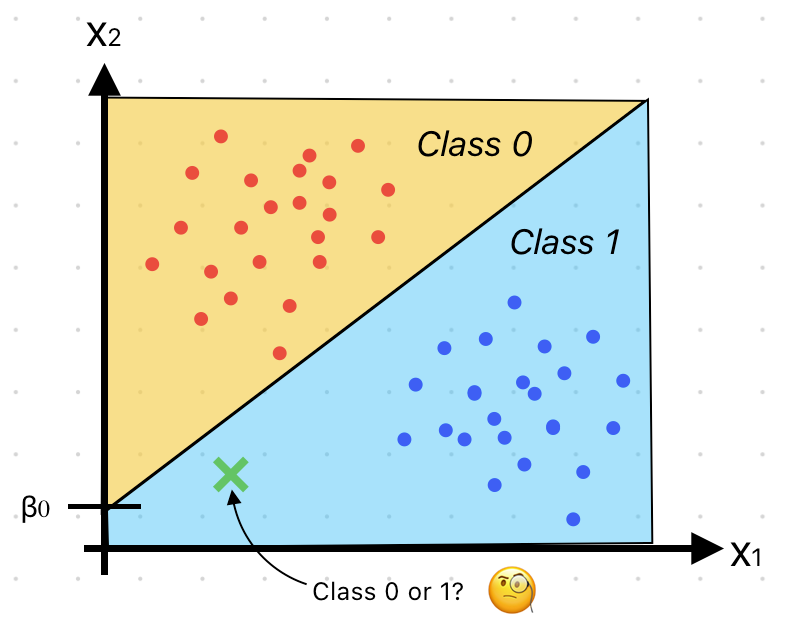In the world of data science and machine learning, logistic regression is a powerful and widely-used algorithm. Despite its name, it has nothing to do with handling logistics or moving goods. Instead, it is a fundamental tool for classification tasks, helping us predict whether something belongs to one of two categories, like yes/no, true/false, or spam/not spam. In this blog, we will break down the concept of logistic regression and explain it as simply as possible.
Logistic regression is a type of supervised learning algorithm. The term “regression” might be misleading, as it is not used for predicting continuous values like in linear regression. Instead, it deals with binary classification problems. In other words, it answers questions that can be answered with a simple “yes” or “no.”
Imagine you are an admissions officer at a university, and you want to predict whether a student will be admitted based on their test scores. Logistic regression can help you make that prediction!
The Sigmoid Function
At the core of logistic regression lies the sigmoid function. It may sound complex, but it’s just a mathematical function that squashes any input to a value between 0 and 1.
The formula for the sigmoid function is:
Where:
- z is the input to the function.
Let’s visualize it:
As you can see, the sigmoid function maps large positive values of z close to 1 and large negative values close to 0. When z = 0, sigmoid(z) is exactly 0.5.
Making Predictions
Now, we understand the sigmoid function, but how does it help us make predictions?
In logistic regression, we assign a score to each data point, which is the result of a linear combination of the input features. Then, we pass this score through the sigmoid function to obtain a probability value between 0 and 1.
Mathematically, the score z is calculated as:
Where:
- Betas (beta_0, beta_1, beta_2, … , beta_n) are coefficients (weights) that the algorithm learns from the training data.
- beta_0 is commonly known as the bias weight.
- X (x_1, x_2, … , x_n) are the input features of a data point.
Once we have the probability sigmoid(z), we can interpret it as the likelihood of the data point belonging to the positive class (e.g., admission).
Setting a Threshold
Since logistic regression gives us probabilities, we need to make a decision based on those probabilities. We do this by setting a threshold, usually at 0.5. If sigmoid(z) is greater than or equal to 0.5, we predict the positive class; otherwise, we predict the negative class.
In summary, logistic regression is a simple but effective algorithm for binary classification problems. It uses the sigmoid function to map the scores to probabilities, making it easy to interpret the results.
Remember, logistic regression is just one piece of the vast and exciting field of machine learning, but it’s a crucial building block in your data science journey. Happy classifying!


